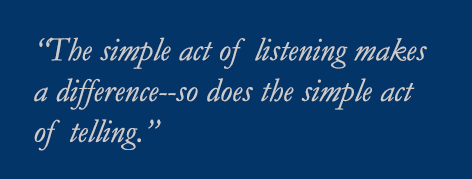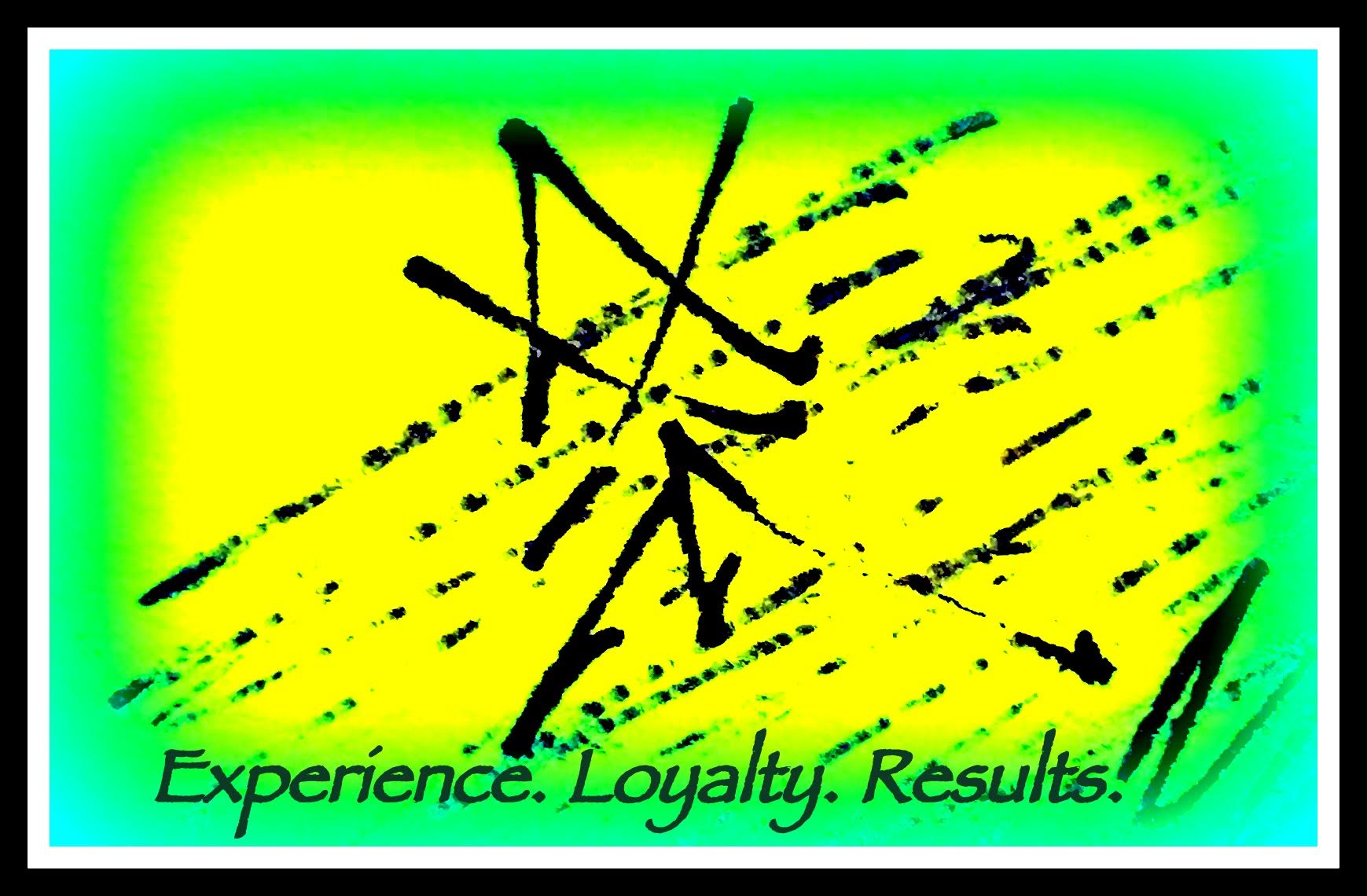There are many techniques therapists and counselors use––from psychoanalysis to cognitive behavioral therapy––to assist those who have suffered the loss of a loved one. One such technique is known as Restorative Retelling.
“Restorative retelling (RR; Rynearson, 1998, 2001; Rynearson & Correa, 2008) is a structured, 10-session intervention for adult survivors of violent deaths. The treatment mode underlying the intervention conceptualizes non-recovery from violent death of a loved one as involving a combination of separation distress and trauma distress. The intervention includes elements aimed at stabilization, including relaxation training and commemoration of the life of the deceased through sharing of positive memories. This commemoration may also help relieve separation distress by promoting the establishment of a positive continuing bond. The trauma distress is conceptualized as centering around imagined “reenactments” (i.e. flashbacks, intrusive images, dreams) of the loved one’s dying (Rynearson & McCreary, 1993). RR addresses these traumatic stress symptoms via an exercise in which participants draw the scene of the dying and share the drawing and the story of the dying with other group members. Groups range in size from 6 to 10 members. Therapists protect the safety of the group environment by screening for high levels of traumatic stress and personality disorder, and referring these individuals for individual treatment prior to or instead of group treatment.”
Restorative Retelling implicates two counterintuitive approaches. One would think that the only way to get past the loss of a loved one would be to “move on,” to pretend the person never existed, to block the memory of the person entirely from one’s mind. Restorative Retelling actually encourages precisely an opposite approach, relieving “separation distress by promoting the establishment of a positive continuing bond.”
As well, one would think that the traumatic event should never again be brought up, recalled, or reencountered. Restorative Retelling again encourages precisely an opposite approach, addressing “these traumatic stress symptoms via an exercise in which participants draw the scene of the dying and share the drawing and the story of the dying with other group members.”
“We bereaved are not alone. We belong to the largest company in all the world––the company of those who have known suffering.” ––Helen Keller
These techniques have been shown to be effective: “Results from this open trial suggest that RR is potentially an effective intervention for adults seeking treatmen t for bereavement following a loved one’s violent death. These preliminary results are promising for directing future treatment outcome trials given limited research has been conducted in this area. Findings from this study suggest that RR is associated with decreased depression symptoms, diminished avoidance, and less prolonged grief reactions. These results are consistent with similar findings for other structured coping skills and exposure-based treatments for traumatic loss (e.g., Layne et al., 2001; Salloum, et al., 2001).”
t for bereavement following a loved one’s violent death. These preliminary results are promising for directing future treatment outcome trials given limited research has been conducted in this area. Findings from this study suggest that RR is associated with decreased depression symptoms, diminished avoidance, and less prolonged grief reactions. These results are consistent with similar findings for other structured coping skills and exposure-based treatments for traumatic loss (e.g., Layne et al., 2001; Salloum, et al., 2001).”
“We are healed of a suffering only by experiencing it to the full.” ––Marcel Proust
The group aspect of this type of therapy is probably its secret. The simple act of being able to share with others what has occurred promotes healing. Why should this be so? Is it simply a form of catharsis? Or is something else at work? The insights of Restorative Retelling can help lawyers develop a more refined sense of understanding and compassion. The simple act of listening makes a difference––so does the simple act of telling.
“The reality is that you will grieve forever. You will not ‘get over’ the loss of a loved one; you will learn to live with it. You will heal and you will rebuild yourself around the loss you have suffered. You will be whole again but you will never be the same. Nor should you be the same nor would you want to.” ––Elisabeth Kübler-Ross
All quotations from: Connie Saindon, Alyssa A. Rheingold, Jenna Baddeley, Meghan M. Wallace, Clara Brown, and Edward K. Rynearson, Restorative Retelling for Violent Loss: An Open Clinical Trial, Death Stud. 2014 Jan-Jun; 38(0): 251–258.
https://www.ncbi.nlm.nih.gov/pmc/articles/PMC4506689/




